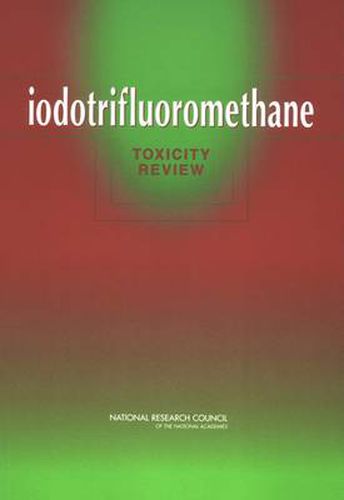Readings Newsletter
Become a Readings Member to make your shopping experience even easier.
Sign in or sign up for free!
You’re not far away from qualifying for FREE standard shipping within Australia
You’ve qualified for FREE standard shipping within Australia
The cart is loading…






The U.S. military is considering using a compound called iodotrifluoromethane (CF3I) for fire suppression to replace previously-used compounds (halons) that are being phased out because they deplete the ozone layer. This report reviews available toxicological data on CF3I and evaluates the scientific basis of the U.S. Army’s proposed exposure limit of 2,000 parts per million (ppm). The report recommends that CF3I be used for fire suppression in normally unoccupied spaces because of its potential to cause cardiac sensitization in test animals. The report also recommends that further genotoxicity testing be conducted (testing for changes in genetic material), and that CF3I be assessed for its potential to cause cancer. Should the Army decide to use CF3I, information should be collected and evaluated on how much of the chemical or any of its degradation products might be released and how often.
$9.00 standard shipping within Australia
FREE standard shipping within Australia for orders over $100.00
Express & International shipping calculated at checkout
The U.S. military is considering using a compound called iodotrifluoromethane (CF3I) for fire suppression to replace previously-used compounds (halons) that are being phased out because they deplete the ozone layer. This report reviews available toxicological data on CF3I and evaluates the scientific basis of the U.S. Army’s proposed exposure limit of 2,000 parts per million (ppm). The report recommends that CF3I be used for fire suppression in normally unoccupied spaces because of its potential to cause cardiac sensitization in test animals. The report also recommends that further genotoxicity testing be conducted (testing for changes in genetic material), and that CF3I be assessed for its potential to cause cancer. Should the Army decide to use CF3I, information should be collected and evaluated on how much of the chemical or any of its degradation products might be released and how often.